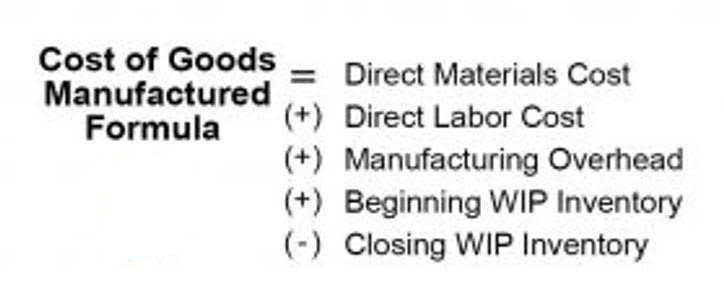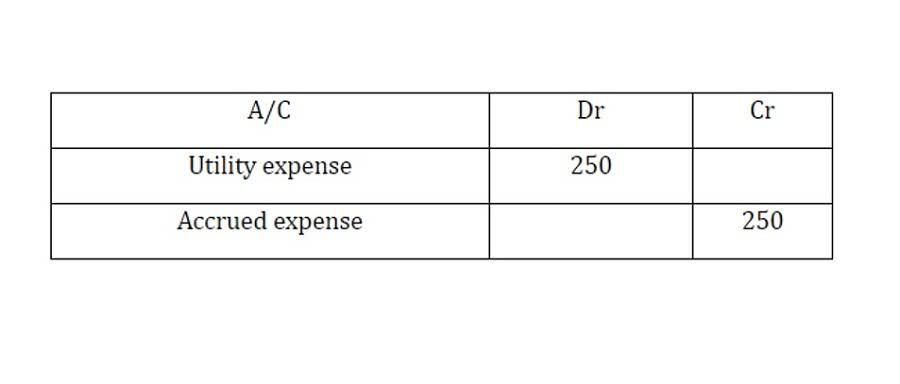
The accounts payable payment period indicates the average number of days it takes for a company to pay its suppliers for the goods and services it has purchased on credit. The adjusted trial balance is prepared using the account balances in the general ledger after adjusting entries have been posted. Notice that not all of the operating cycles in Figure 3.2 are completed within the accounting period. Two GAAP requirements — recognition and matching — provide guidance in this area, and are the topic of the next sections. The accounts payable period is the time taken to pay suppliers for the inventory purchased. This period can provide a cushion for businesses, as delaying payments can help maintain liquidity.
Treasury Management

In retail, it may be days because of quick inventory turnover, whereas in manufacturing, it can extend to 90 days or more due to production time. The cycle includes the time to purchase or produce inventory, sell it, and collect payment. Normal operating cycles are the usual time it takes for a business to turn inventory into cash. For instance, for the retail industry, it may be short, while for the manufacturing industry, it might be longer due to production times. On the other hand, a longer business operating cycle can strain cash flow, as money is tied up in inventory and receivables for an extended period.
- The post-closing trial balance will contain only permanent accounts because all the temporary accounts have been closed.
- Inventory (IO) is a crucial component of the operating cycle, and it’s essential to understand how it works.
- These activities include inventory processing time, finished goods holding time, and accounts receivables from customers.
- DIO and DSO are inventory and accounts receivable, respectively, considered short-term assets and positive.
- This formula is used to calculate days for the inventory held on the floor of the business.
- The operating cycle is a crucial concept in accounting, and it’s essential to understand its components to accurately account for a company’s operations.
- As per the annual report of XYZ Ltd for the financial year ended on March 31, 20XX, the following information is available.
How to Calculate Operating Cycle?

This allows the financial statement user to see what assets will be used and what liabilities will come due in the current year or current operating cycle. A shorter cycle is preferred and indicates a more efficient and successful business. A shorter cycle indicates that a company is able to recover its inventory investment quickly and possesses enough cash to meet obligations. This formula helps to estimate the time business cash remain due from customers.
- This indicates that the cycle would begin as soon as he starts paying for the items, supplies, and components necessary to manufacture different cakes and delicacies.
- This indicates that more cash is available for maximising investors’ value or corporate reinvestment.
- The preceding entry reduces the unearned revenue account by the amount of revenue earned.
- So, the effectiveness of the cash flow function is measured by both operating and cash cycles.
- For instance, software companies that offer computer programs through licensing can realize sales without the need to manage stock.
Current Account or Saving Account: Choosing the Right Option

Hence, based on the duration of the Cash cycle, the working capital requirement is estimated by firms and financed by commercial banks. Reduction in the Cash cycle helps free up cash, thus improving profitability. The operating cycle Catch Up Bookkeeping formula in financial management helps determine the time a business takes to purchase inventory, then sell the inventory and then collect the cash from the sale of the inventory. Using the equation to calculate the operating cycle enables the management of a firm be aware of the cash flow in and out of their business.
Establish a Stronger Credit Policy
Once retained earnings you understand the components of the operating cycle, the next step is optimising it to support sustainable business growth. Here are proven strategies to reduce cycle duration and strengthen financial control. A short operating cycle indicates better liquidity, whereas a longer cycle means cash is tied up in operations.
So, to improve the cash conversion cycle, the business can delay payments to the suppliers, leading to a shorter cash conversion cycle and higher business liquidity. An investment in inventory means that a company’s cash is bound until it sells the products. This means that whatever cash is locked up cannot be used for other purposes. As a result, maintaining cash and operating cycle as short as possible will benefit a company.
- Next, the transactions are listed in chronological order in the appropriate journal to further allow for a seamless financial statement preparation later.
- However, depending on the agreement, payment from the foreign buyer may only be received 60–90 days after shipment.
- Public companies in the US must file their statements with the Securities and Exchange Commission, meaning their accounting period cycle will be synchronized with reporting requirement dates.
- This would have assisted you to understand what is working capital cycle with examples, formula, calculations and more.
- The net book value of the equipment on the balance sheet is shown as $2,975 ($3,000 – $25).
These accounts, which form part of the general ledger, provide a broad overview of all business accounts. The accounting process cycle is applied broadly across the entire reporting period. According to accounting data, most firms aim to evaluate their performance monthly, though some may focus more heavily on quarterly or annual results. These case studies underscore the importance of effectively managing the operating cycle in different industries. Effective integration between accounting and inventory management software ensures seamless data flow and allows you to make informed decisions to optimize your operating cycle. A low DSI suggests that your company is efficiently managing inventory and selling products quickly.

And these play a crucial role in determining the cash cycle of the company. Sometimes, cash conversion and operating cycle are considered the same due operating cycle to a little difference between these two concepts. On the other hand, the operating cycle measures the number of days between your date of buying inventory and the date your customer pays for the goods.